Have you ever wondered what size pressure washer is needed to clean concrete surfaces effectively? If you have concrete surfaces in your home or business, you understand how vital it is to keep them clean and well-maintained. Pressure washing is the most effective way to remove dirt, stains, and grime on your concrete surfaces, but choosing the right pressure washer size is crucial to achieving the best results. In this ultimate guide, we’ll cover everything you need to know about choosing the correct pressure washer size for cleaning concrete.
Choosing the Right Pressure Washer Size for Cleaning Concrete
Learn how to choose the right pressure washer size for effective cleaning of concrete by considering the pressure output, flow rate, nozzle size, and detergent type. You’ll also understand the importance of cleaning concrete and how to ensure safety while pressure washing.
– Key factors for choosing the right pressure washer size for concrete cleaning are pressure output, flow rate, nozzle size, and detergent type.
– Recommended pressure output and flow rate for concrete cleaning depend on surface area and level of contamination.
– Safety precautions should be taken when pressure washing concrete, including proper ventilation and electrical safety.
Key Factors for Choosing a Pressure Washer for Concrete Cleaning
Before we dive into the specifics of pressure washer sizes for concrete cleaning, let’s understand the key factors that go into choosing the right pressure washer. These factors include pressure output, flow rate, nozzle size, and detergent type.
Pressure Output
Pressure output refers to the amount of force that the pressure washer can generate. For effective concrete cleaning, a pressure output of at least 3000 PSI (pounds per square inch) is recommended to remove dirt, grime, and stains effectively.
Flow Rate
Flow rate, also known as water volume, refers to the amount of water that the pressure washer can deliver per minute. For concrete cleaning, a flow rate of at least 3 GPM (gallons per minute) is recommended to ensure enough water is delivered to rinse dirt and debris away.
Nozzle Size
The nozzle size is vital because it determines the spray pattern and the pressure of the water coming out of the pressure washer. For concrete cleaning, a 25-degree or 40-degree nozzle is recommended to balance pressure and coverage area.
Detergent Type
The type of detergent you use depends on the type of stains you’re dealing with. There are many different types of detergents available for pressure washing, including degreasers, antimicrobial cleaners, and general-purpose cleaners. For example, oil stains require a degreaser, while mold and mildew require an antimicrobial cleaner. It’s crucial to choose a detergent that is specifically designed for pressure washing and safe for use on concrete surfaces.
When dealing with grease and oil stains, a degreaser detergent is recommended. This type of detergent is effective because it breaks down the grease and oil, making it easier to remove with a pressure washer. For mold and mildew stains, an antimicrobial cleaner is recommended. This type of detergent kills the mold and mildew spores and prevents them from returning. For general cleaning, a general-purpose cleaner is suitable.
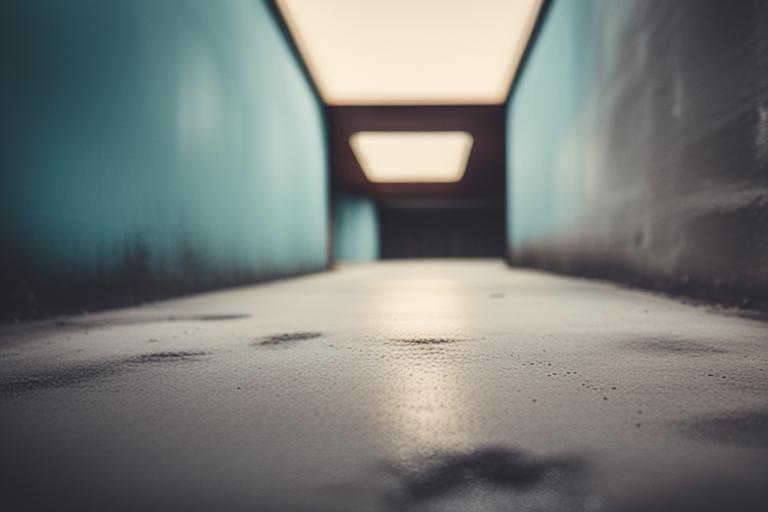
Understanding Concrete Cleaning
Now that we’ve covered the key factors for choosing a pressure washer and the importance of cleaning concrete surfaces, let’s take a closer look at why it’s essential to keep your concrete surfaces clean.
Importance of Cleaning Concrete
Concrete surfaces can become dirty and stained over time, which not only looks unsightly but can also be a safety hazard. For example, oil stains can make concrete surfaces slippery, while mold and mildew can cause health issues for those with allergies or respiratory problems. Regular cleaning can help prevent these issues and keep your concrete surfaces looking like new.
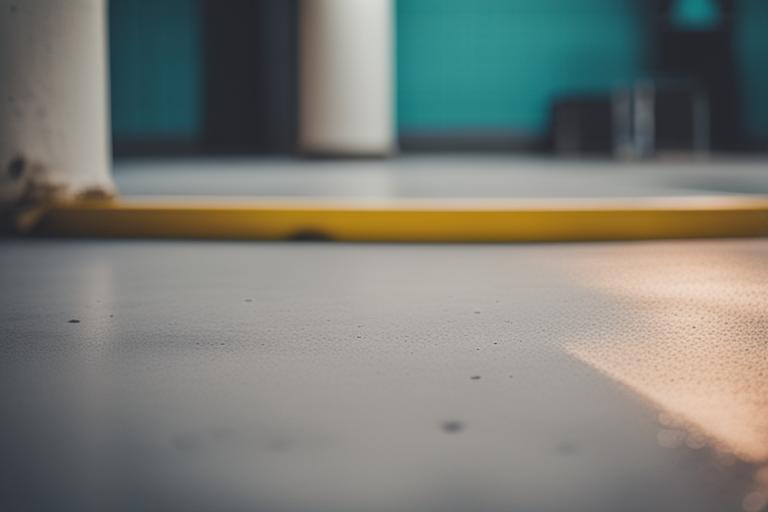
Benefits of Pressure Washing for Concrete Cleaning
Pressure washing is one of the most effective ways to clean concrete surfaces. It can remove dirt, grime, and stains quickly and easily, without the need for harsh chemicals or scrubbing. Plus, it can be used on a variety of surfaces, including driveways, sidewalks, patios, and more.
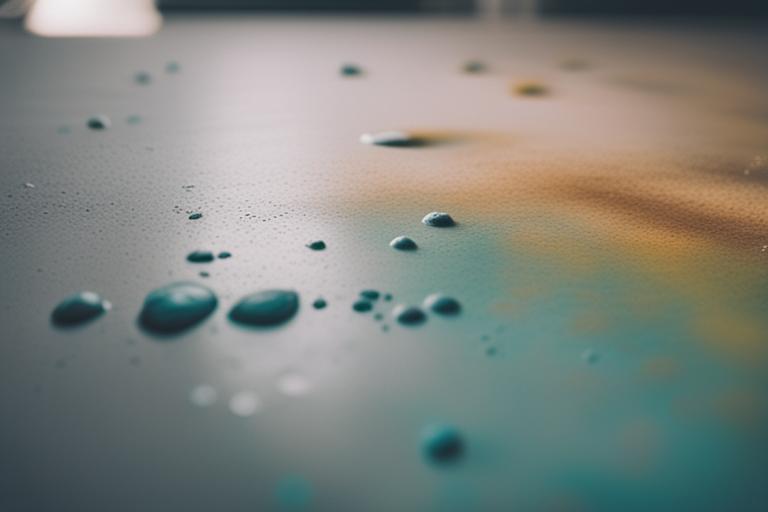
Common Contaminants on Concrete Surfaces
Some of the most common contaminants found on concrete surfaces include oil and grease stains, mold and mildew, dirt and grime, and hard water stains. Each of these contaminants requires a different cleaning approach, which is why it’s important to choose the right pressure washer size and detergent for the job.
What Size Pressure Washer is Needed for Concrete Cleaning
Now that we understand the key factors for choosing a pressure washer and the importance of cleaning concrete surfaces, let’s take a closer look at what size pressure washer is needed for concrete cleaning.
Recommended Pressure Output and Flow Rate for Concrete Cleaning
| Pressure Washer Model | Pressure Output | Flow Rate | Nozzle Size | Detergent Tank Capacity | Price Range |
|---|---|---|---|---|---|
| Sun Joe SPX3000 | 2030 PSI | 1.76 GPM | 0°, 15°, 25°, 40°, and soap | 0.9 liters | $149.99 |
| Simpson Cleaning MSH3125 MegaShot | 3200 PSI | 2.5 GPM | 0°, 15°, 25°, 40°, and soap | 0.75 gallons | $398.00 |
| Generac SpeedWash 7122 | 3200 PSI | 2.7 GPM | 0°, 25°, 40°, and soap | 0.5 gallons | $449.00 |
| Ryobi RY803001 | 3000 PSI | 2.3 GPM | 0°, 15°, 25°, 40°, and soap | 1 gallon | $449.00 |
| Champion 3200-PSI Gas Pressure Washer | 3200 PSI | 2.4 GPM | 0°, 25°, 40°, and soap | 0.9 gallons | $499.00 |
For concrete cleaning, a pressure output of at least 3000 PSI and a flow rate of at least 3 GPM are recommended to ensure that enough force and water volume is being delivered to clean and rinse away dirt and debris.
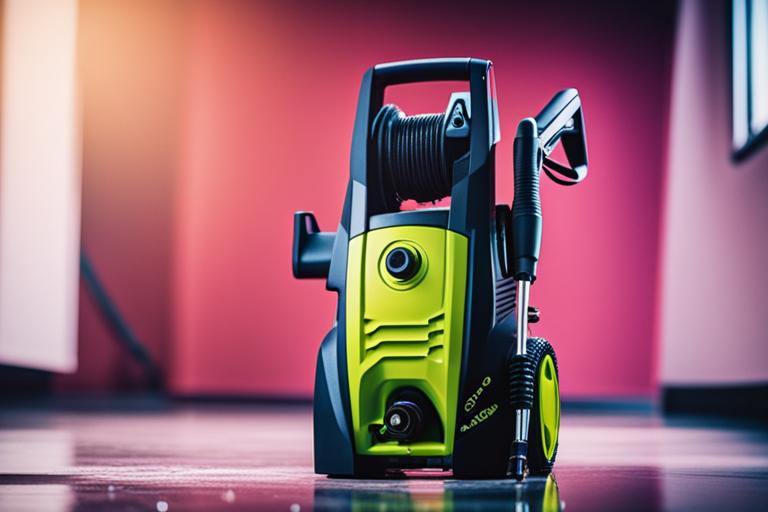
Different Pressure Washer Sizes and their Suitability for Concrete Cleaning
Pressure washers come in a variety of sizes, ranging from small electric models to large gas-powered models. For concrete cleaning, we recommend using a gas-powered pressure washer with a pressure output of at least 3000 PSI and a flow rate of at least 3 GPM. These larger models are more powerful and can handle tougher cleaning jobs more effectively.
To determine the appropriate pressure output and flow rate based on the square footage of the surface and the level of dirt and grime buildup, use an online calculator if you’re not sure what size pressure washer you need for your specific cleaning job.
Calculation of Required Pressure Washer Size Based on Surface Area and Level of Contamination
To determine the appropriate pressure output and flow rate based on the square footage of the surface and the level of dirt and grime buildup, use an online calculator if you’re not sure what size pressure washer you need for your specific cleaning job.
Choosing the Right Nozzle
The nozzle size is an important factor in pressure washing concrete surfaces. Here’s what you need to know:
Explanation of the Importance of Nozzle Size for Concrete Cleaning
The nozzle size determines the spray pattern and pressure of the water coming out of the pressure washer. A smaller nozzle will produce a more concentrated stream of water, while a larger nozzle will produce a wider spray pattern. It’s important to choose the right nozzle size for the specific cleaning job to ensure that the pressure and coverage area are balanced.
Different Nozzle Sizes and their Suitability for Concrete Cleaning
For concrete cleaning, a 25-degree or 40-degree nozzle is recommended to balance the pressure and coverage area. A 0-degree nozzle is too concentrated and can damage the concrete surface, while a 60-degree nozzle is too wide and not effective for cleaning tough stains.
When choosing a nozzle size, consider the level of contamination, the type of surface, and the distance from the surface. For example, if you’re dealing with tough stains on a concrete driveway, a 25-degree nozzle may be more effective than a 40-degree nozzle.
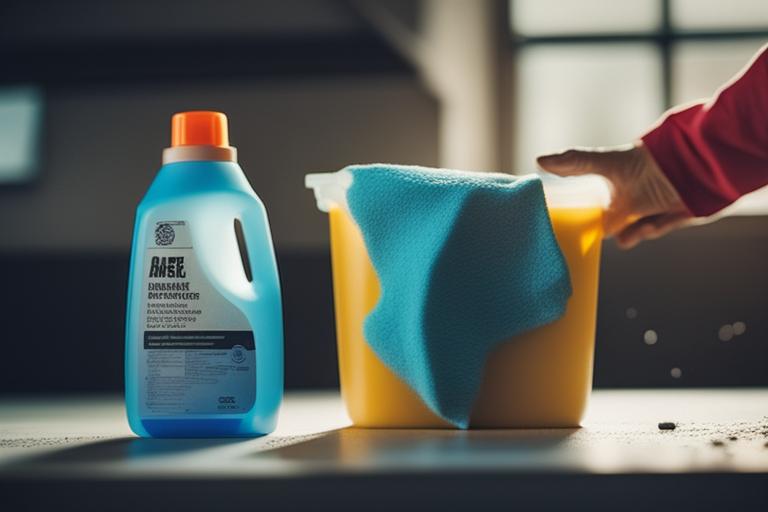
Using Detergents
Using the right detergent is crucial for effective concrete cleaning. Here’s what you need to know:
Explanation of the Importance of Detergent Type for Concrete Cleaning
Different types of stains require different types of detergents. For example, oil stains require a degreaser, while mold and mildew require an antimicrobial cleaner. It’s important to choose a detergent that is specifically designed for pressure washing and safe for use on concrete surfaces.
Different Types of Detergents and their Suitability for Concrete Cleaning
When dealing with grease and oil stains, a degreaser detergent is recommended. This type of detergent is effective because it breaks down the grease and oil, making it easier to remove with a pressure washer. For mold and mildew stains, an antimicrobial cleaner is recommended. This type of detergent kills the mold and mildew spores and prevents them from returning. For general cleaning, a general-purpose cleaner is suitable.
To prepare and apply detergent, follow the manufacturer’s instructions and mix the detergent with water in the pressure washer’s detergent tank. Apply the detergent to the surface and let it sit for a few minutes to allow it to penetrate the stain. Then, rinse away the detergent and stain with a high-pressure stream of water.
Case Study: John’s Experience Choosing the Wrong Pressure Washer Size
John had recently purchased his first home and was excited to get started on some maintenance projects. One of the first things he wanted to tackle was cleaning his concrete driveway and patio. John decided to rent a pressure washer from his local hardware store and got to work.
However, John soon realized that the pressure washer he rented was not powerful enough for the job. He had to spend twice as long as he had planned, and even then, the results were not satisfactory. John had to return the rental and ended up purchasing a pressure washer that was more suitable for his needs.
John’s experience highlights the importance of choosing the right pressure washer size for the task at hand. Not only can it save time and effort, but it can also ensure that the job is done effectively and efficiently. As John learned, renting or purchasing the wrong pressure washer size can result in frustration and wasted resources.
Safety Considerations
Pressure washing can be dangerous if proper safety precautions are not taken. Here’s what you need to know:
Explanation of the Potential Hazards of Pressure Washing Concrete
Pressure washing can cause injuries if the operator or bystanders are not careful. The high-pressure stream of water can cause cuts, bruises, and eye injuries, while the chemicals in the detergents can cause skin and respiratory irritation.
Safety Precautions to Take When Pressure Washing Concrete
To prevent injuries, wear protective clothing and eyewear, stay a safe distance away from the surface being cleaned, and never point the pressure washer at yourself or others. It’s also important to use a pressure washer with built-in safety features, such as an automatic shut-off switch and a safety lock on the trigger.
When pressure washing concrete surfaces, always make sure you’re using the appropriate size pressure washer and detergent for the job. By following these tips, you can safely and effectively clean your concrete surfaces, keeping them looking like new.
Follow us!!